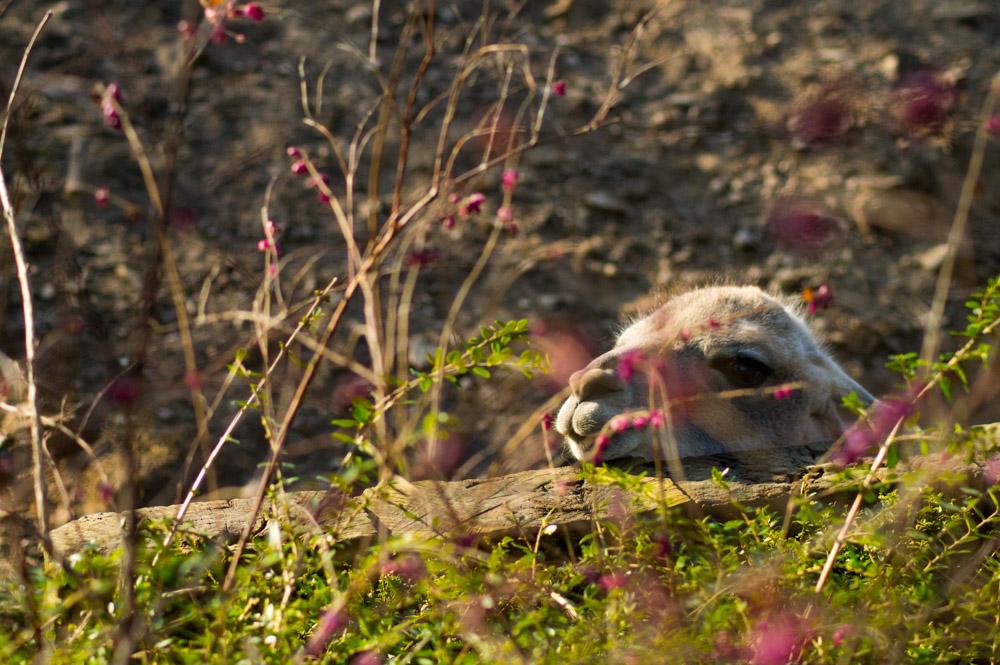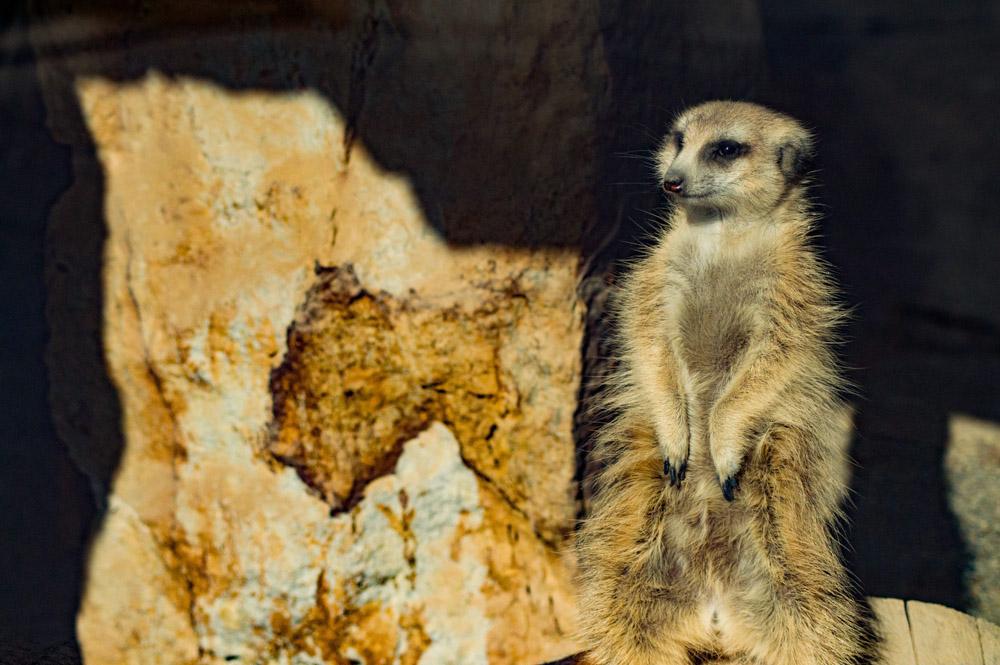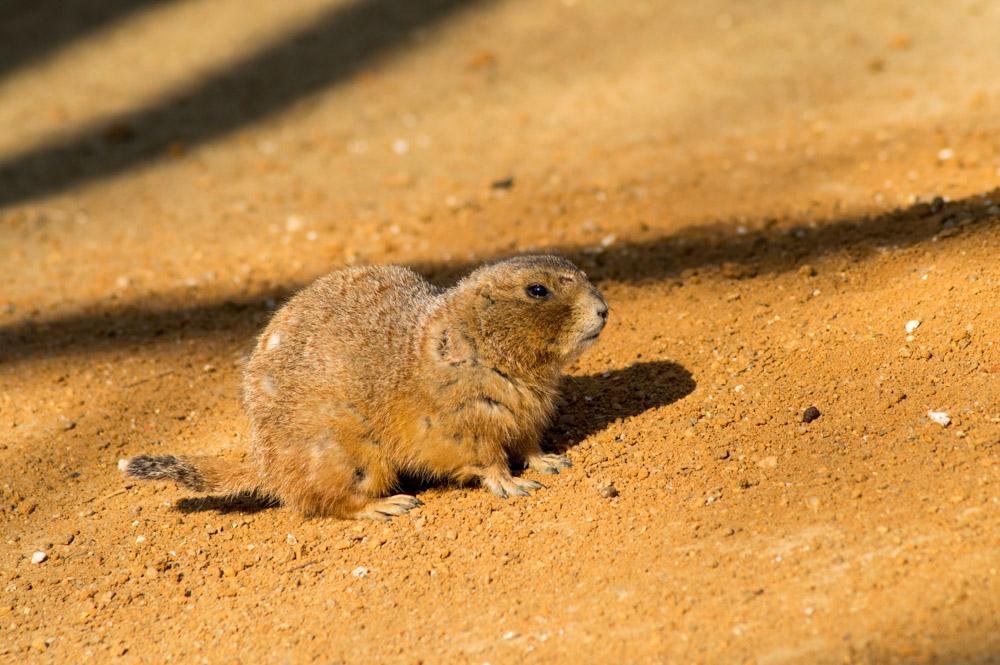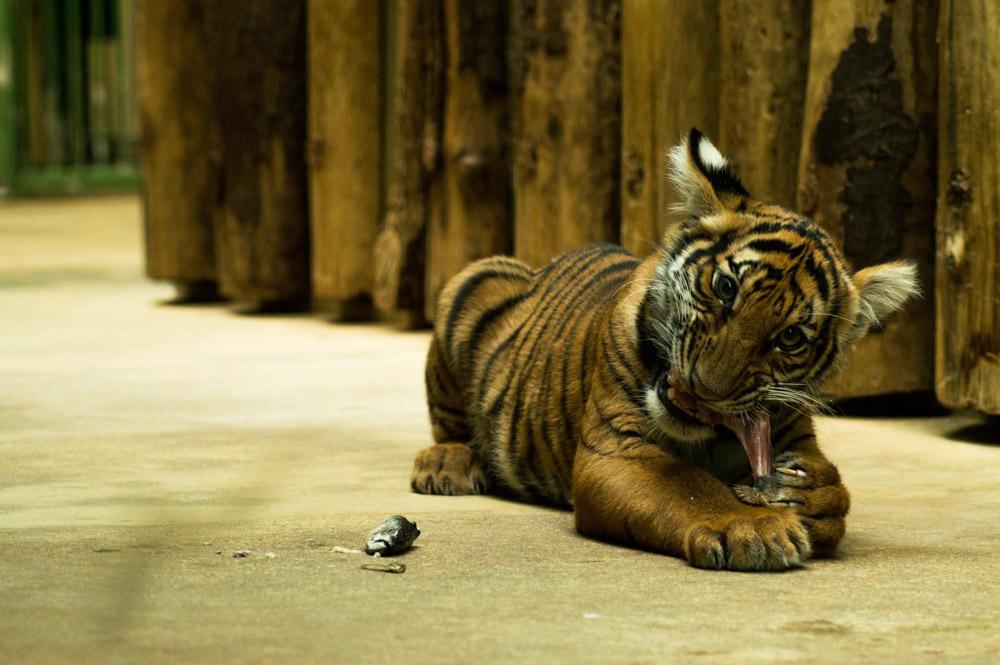Doctors in the 18th and 19th century originally coined the term “nostalgia” to diagnose acute cases of homesickness which occurred in soldiers, students and other folks living far abroad (NPR, 2018). These patients felt a violent longing for the familiar, so strongly that their bodies revolted in fevers and heart palpitations, and their stomachs refused to keep food down (Illbruck, 2012). Nostalgia was truly an illness—and a serious one at that—but over the past century we have come to think of the concept as a mostly positive one. It is now merely that fuzzy feeling, occasionally tinged with sadness, that we experience when reminded of places and times past. It is truly one of the most harmless and innocent of emotions.
The shift toward nostalgia’s current definition occurred over the last century, as improving transportation and communication made the Earth a smaller place than it was 200 years ago. Compared to the long and perilous journeys of the colonial era, when there might have been many months between you and your home, modern travel seems almost instantaneous. There is hardly a place more than a few flights away and our words lance across the planet at the speed of light. In an environment made so small, nostalgia as homesickness lost its potency and ceased to exist, slowly becoming what we know it to be today;
Nostalgia
Noun. A sentimental yearning for the happiness of a former place or time.
This definition is fairly universal. You might get its characteristic warm and fuzzy feeling when you visit your childhood hometown, listen to a song from a different era of your life, or throw in those old family VHS tapes. Nostalgia of this sort is certainly present in me. Yet, I have recognized for years that I am affected in other unique—and uniquely powerful ways—by this most unassuming of feelings. It defines me, my hobbies, my passions, and my outlook on life. It is why I am on exchange and it is why I write.
I am sure this introduction caused no little bit of confusion in a post dedicated to the Prague Zoo, but defining nostalgia is paramount to understanding exactly how fixated I was on visiting the park and why it had the effect on me that it did. I will attempt to explain the sensation in more depth as I write, in addition to recalling the vivid details of this beautiful zoo.
Visiting a zoo, understandably (though regrettably), was not at the top of my exchange priority list. While opportunities to go have not exactly lacked–there is a Zoo in Spisska Nova Ves, near Poprad, and in Bratislava–I always figured I should spend my time seeing uniquely European things. Castles, cathedrals, museums, local nature and so on. These sights will only be available to me briefly, while there are plenty of zoos in the US… but, by the time I found myself staying in Prague, I’d simply been away from zoology too long for my homesick naturalist’s heart.
Prior to arriving in the Golden City, I promised myself that I would make time to see the zoo. My resolve was only strengthened when I mentioned this intention to my host aunt. She praised the zoo’s quality, chatting about her eldest son’s classes there, and expressed to me just how closely it neighbored our apartment. Troja is a section of Prague named after the city of Iliad infamy. It adjoins the community of Kobylisy where I was residing, and is home to the Prague Zoo. It was a pleasant thirty minute walk from our doorstep, along a lovely section of the Vlatava River.
I embarked on this route after breakfast on Thursday and arrived at the zoo’s entrance just as a group of tourists of assorted nationality disembarked their bus and shuffled to the gateway. From Norwegians to Chinese, I listened as the practiced admission attendants expertly interacted with everyone in mutually imperfect English. I, myself, passed—or I would like to think I passed—for a Czech when I bought my ticket. At the very least, she spoke to me in her native tongue and I consider that a success.
Inside the gates, I took a deep, relaxing breath. There was something oddly familiar and beloved in this place, though I had never been. The winding asphalt footpaths, lined by a plethora of educational signs, were laid out on a colorful map full of the day’s anticipated sights. Excited children and their trailing parents darted into and out of exhibits, then up the road to the next, chatting all the way. The little themes lovingly incorporated into each enclosure charmed visitors and engaged them with each animal’s native land. Asia, Africa, the Arctic and more; you can feel their home as clearly as it is inscribed upon the board. These things evoked powerful nostalgia in me.
I expected them to. That is why I was so desperate to visit.
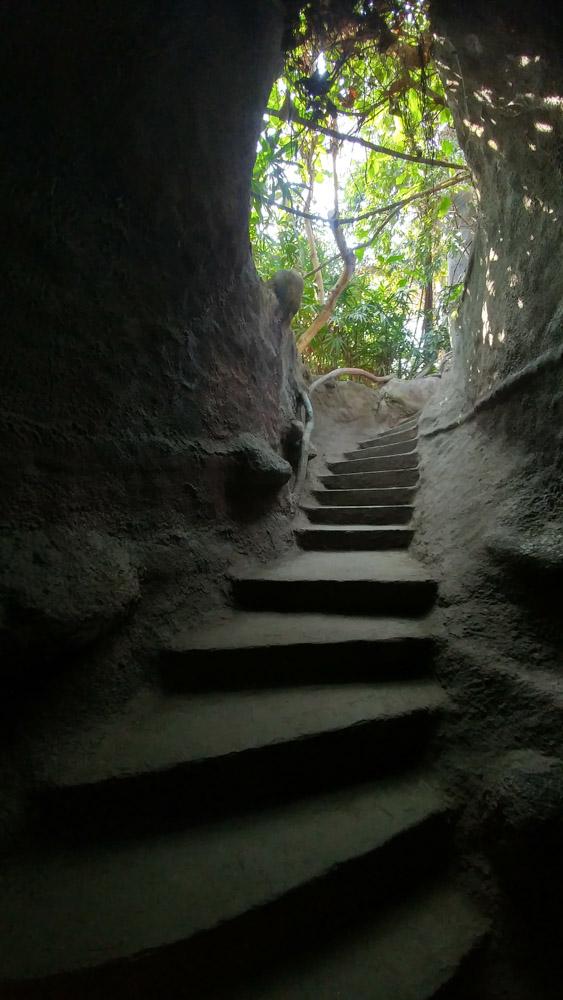
Zoos are important to me and they always have been. I’ve had the good fortune to live near exceptional ones all throughout my life. As a child, if I wasn’t taking classes at the Sedgwick County Zoo in Wichita, Kansas, then I was dragging my mother around the entire campus, into the steaming jungle building, the dank reptile house or along the wooded boardwalk which crossed over wolves, deer, bison and more.
I made some subconscious connection, then, between the joy I felt spending time at the zoo and the learning that took place there. I enjoyed, as all children do, the mysteries and subsequent discoveries that are education at its very core. This love for learning stuck with me, beyond the park, and beyond just nature. I fell in love with all sorts of knowledge and the pursuit of it. A feeling that manifests—that feels—like nostalgia, yet for things I have never known. Interior design, anthropology, game development, metallurgy; It does not matter! So long as I find the topic engaging, it inspires this nostalgic feeling within me. It is almost as if my mind reverts to the not-yet-calloused, child-like joy that I first experienced in zoos so many years ago.
First on my route through the Prague Zoo was the jungle. As my form pressed through the heavy plastic drapes, hung to retain the free-roaming animals within, a surge of warm air, smelling of mulch, exotic flora (and somewhat of poop), hit my senses alongside the sound of chirping birds and brought me back to Sedgwick County. So distinctly do I recall walking through those sliding doors as a child and into the cement building which housed a rain forest. It seemed endless and I felt that if I could escape the trail I might just be able to explore the jungle forever. Interrupting this daydream, however, a fog wrapped around my head as soon as I entered, blinding me behind a bright grey screen! So dense was it, I could not see the very ground I stood on nor the hands reaching up to my eyes!
I took off my glasses. The lenses were still frozen from the sub-zero (Celsius) temperatures outside and the hot, humid air of the jungle had exploded in white condensation against the glass before my eyes. It was only a few moments, though, before the thin material warmed and I was able to wipe them off. The bigger issue rested against my chest. The lens on my camera persistently stayed cold and fogged up immediately in the wake of my cleaning cloth. The whole apparatus was rendered rather useless for the first half of the jungle. I still took photos, though, and in some cases the fog was rather atmospheric.
Following the jungle, I visited an impressively designed African Savanna and (Indian) Elephant Valley. The Czech winter had the elephants taking refuge within the indoor sections of their exhibit, but the chill couldn’t hide the effort and resources devoted to their outdoor spaces. A sweeping landscape was available to these giants of the animal kingdom! Watering holes and pastures could be surveyed from elevated platforms or more personally engaged with at ground level (if you were lucky).
In Prague’s Elephant Valley exhibit, anywhere not dedicated to viewing the animals was used to impart information about their history or situation in India. Within the their indoor viewing area, cases displayed the traditional tools used in the taming and labor of elephants and discussed their purposes throughout history. However, they were never just beasts of burden. Elephants have cultural and symbolic importance to Indians as well. This is where I found the Prague Zoo’s exhibits became unique. The information moved away from just simple zoological and conservation related facts and dove into elephant’s influence on traditional tribal culture, their role in Buddhist and Hindu beliefs and place in Indian society today. Between the mock native village and the religious shrines, these topics were approached in immersive ways that would make children—for they certainly made me—curious to know more about the topic.
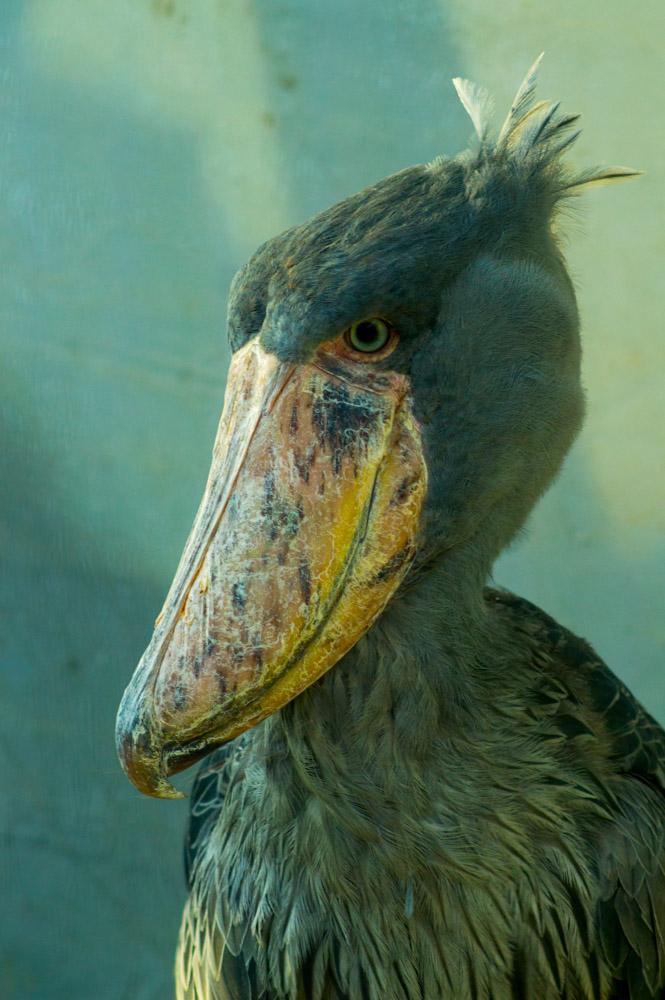
These are the sorts of educational displays and atmospheric settings which inspired a love of learning in me and created that sense of nostalgia. It has become one of my goals in life to foster this same sort of inspiration and education in children though my writing and beyond. I am still drafting these dreams in my head, unsure as of yet how exactly I will accomplish them, but I am certain that I will. For the moment, I always try to make mental notes on the ways learning is encouraged in places like the Prague Zoo. That’s another reason I needed to visit and why Elephant Valley was of particular interest to me.
I spent the remaining hours exploring every corner of the zoo. I walked each path on the map and saw every creature not seasonally off display.
In the Feline and Reptile Pavilion, I enjoyed the wonder of both children and adults as they gazed in on feeding tigers and pacing lions. They searched for reptiles hidden among the foliage of their enclosure and listened as zookeepers discussed the growth of young tiger cubs. The farther reaches of the park were kept rather empty by the cold temperatures, since no one wanted to walk more than a few minutes from the nearest central heating. Out there, the solitude allowed me to observe myself and reflect.
This introspection, almost meditation, scrutinized what I felt throughout the entire day as I had wandered the zoo. I pondered all of that nostalgic joy and its connection to education, sorting it out into the eventual framework of this post. “What am I feeling when I see this or read that? Why?” I recall sitting in the tropical aviary, almost confused by the effects of the sensations around me. A waterfall trickled into a pool where ducks bobbed and blossoms floated. The boughs overhead bounced as boisterously feathered creatures strutted and called out. I felt so at home. Was it because this place reminded me at home? Or because somehow, someway this is my calling? Regardless, the most important question to me at the time was “What can I do to perpetuate this feeling?”
I strolled out of the gates of the zoo several minutes after closing time, my soul seemed to hum with excitement. I knew precisely what needed to happen if I wanted to make such nostalgia a greater part of my life and inspire it in others.
The simple answer: More.
I walked back towards the Vlatava with an intention to fill my time with productive activities, to really nail down my goals and knock them out one by one by one in as rapid a succession as I am capable. I am on exchange. There are so many opportunities for me here that others rarely get and fewer barriers to hold me back. I would be doing a disservice to my exchange, to Rotary and to all others who have invested their faith in me, to not make the most of this chance. Though, I suppose that holds true all of life as well.
If I am perfectly honest, I sat on a bench for several minutes, overlooking the river. Sentimental tears welling ever so slightly in my eyes as I realized just how clearly and certainly my future was laid before me. All I have to do is walk towards it. A realization that I would have weightlessly spouted out before, but the truth of which only really manifested within me after a visit to the Prague Zoo and a return to my childhood.
Signed,
Andrew
Sources:
Illbruck, H. (2012). Nostalgia. Evanston, Illinois: Northwestern University Press, pp.29-42.
NPR (2018). Decoding Our Emotions. TED Radio Hour.



